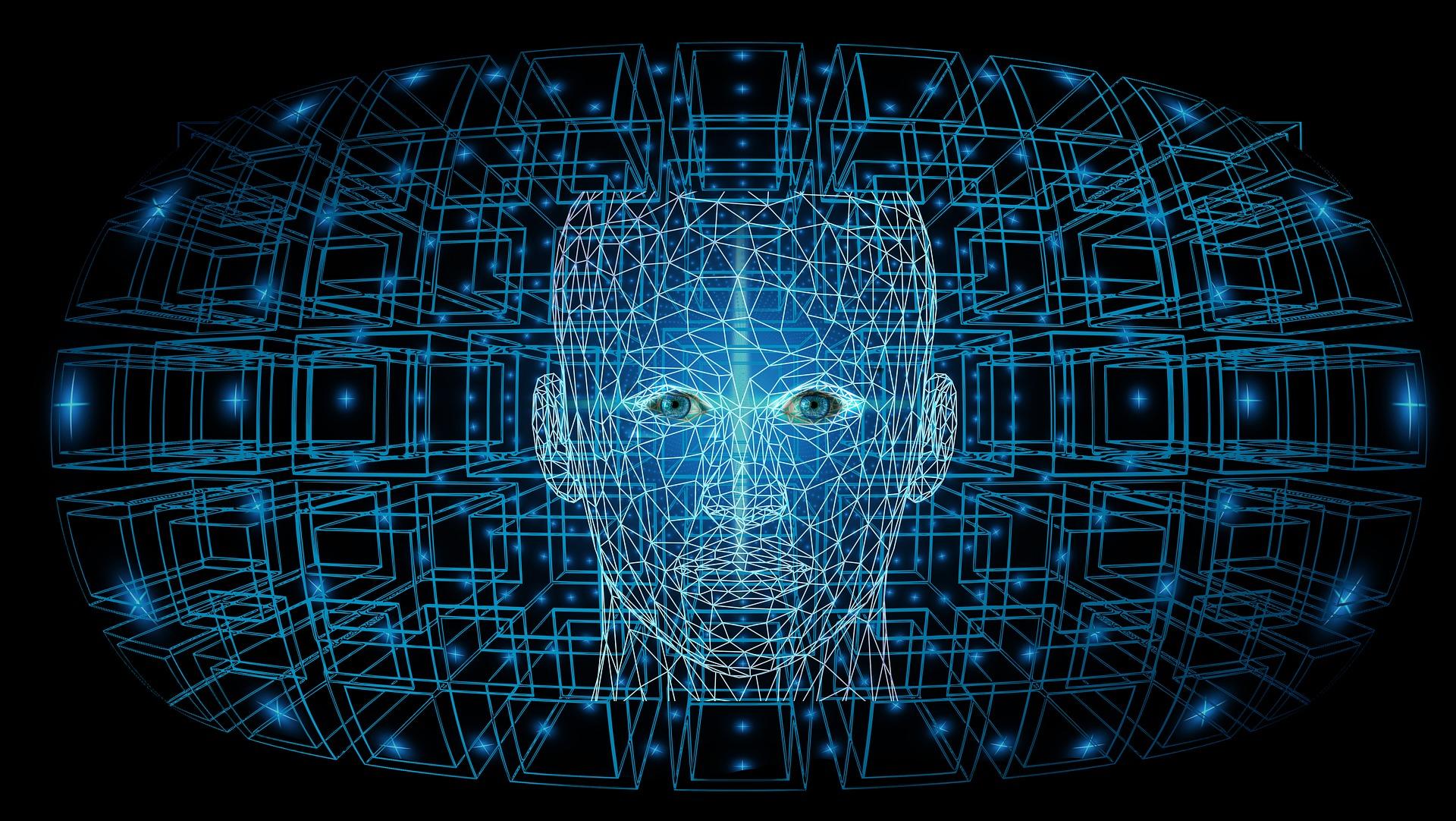Why Keeping the Virtual Environment Clean Is Just as Important as Sorting Waste in the Real World
Data cleaning is fundamental. The accumulation of useless, unstructured, or obsolete information in IT systems makes our virtual environments less healthy, less efficient, and harder to manage. Just like in the physical world, where the buildup of waste leads to degradation, inefficiency, and environmental costs.
The metaphor is clear: just as physical waste overwhelms landfills and fuels pollution, digital waste—meaning dirty or disorganized data—clogs up servers, makes analyses unreliable, and drives up costs due to duplicated, redundant, or unused information.
Data Governance: The “Recycling” of Data
Staying with the analogy to the physical world, certain practices are essential for those of us working in the neural model factory, such as creating protocols for managing large volumes of information effectively and cleanly. This is meticulous work required to ensure data quality, and it includes:
- Classifying information through a process of collection and sorting into specific categories. The data is thus inventoried and certified, then transformed into understandable and useful models.
- Filtering, through accurate data mining activities, only the relevant information—uncovering patterns, anomalies, correlations, and hidden trends to extract value and verify data quality.
- Discarding obsolete content. Elements that are unstructured, outdated, dirty, incorrect, irrelevant, or redundant are proactively eliminated through a data cleansing process. This results in clean, complete, and reliable data that is easier to integrate with other datasets, reducing analysis time and system errors.
- Archiving what has historical value, to preserve and protect information so that it remains easily accessible and usable whenever needed.
These are the core processes of good Data Governance, which also encompasses standards for data cleaning, quality, security, accessibility, and compliance—and above all, defines the key difference between first-generation and second-generation artificial intelligence.
Data Minimization: Collect Only What You Need
In both the physical and digital worlds, the best kind of waste is the kind that’s never created. Avoiding the collection of superfluous data, choosing simple and interoperable formats, and maintaining only relevant and updated information—this is the most sustainable form of management. To get the most functionality from information, it’s crucial to identify the purpose of the data and the specific need it serves. These elements are periodically reviewed to ensure they are still necessary; if they are found to be obsolete or redundant, they are deleted. Minimization and data cleaning are therefore both aimed at efficient management, minimizing errors and reducing associated costs.
From Heuristic Data Intelligence to Neural Models
Just as the circular economy promotes reuse and regeneration, Drive2Data proposes a circular approach to information—based on normalization and structuring tools, data quality at the source, reduction of information waste, and analyses that generate value rather than noise. In short, these are practices and technologies aimed at reducing the environmental impact of digital operations, such as the use of sustainable data centers, development of energy-efficient software and hardware, and smart data management strategies.
Our goal is to create neural models based on certified data. If the rule of “Garbage In, Garbage Out” means that the quality of results obtained from an IT system depends on the quality of the input data, then our primary objective is to optimize the information even before building the neural model. Only in this way will the final product be adequate and efficient—and above all, compatible with the heuristic intelligence from which it stems.
Data Cleaning: Culture and Digital Awareness
Ecology is born from culture. Educating people to treat data as living resources—not infinite waste—is the key to a healthier, more efficient, and more sustainable digital world. This is equally true for the physical environment: ecology is a universal concept that unites both dimensions—tangible and virtual.
In conclusion: “One well-sorted byte is worth more than a thousand wasted gigabytes.”
MORE TO EXPLORE…

Natural Language Processing: Tasks, Applications and Sentiment Analysis
The human-machine dialogue has been one of the most active areas of research for decades. In recent years, great progress has been made in the field of NLP (Natural Language Processing), although, due to the complexity of human language, the machine is not yet able to understand perfectly… Read more
Empowering Fall Marketing with Natural Language Processing
Autumn is just around the corner and with it the beginning of one of the most important seasons for digital marketing: the fourth quarter (Q4). This is the time of year when businesses need to maximize their efforts to capture consumers’ attention and improve the customer experience. A powerful weapon available to marketers is Natural Language Processing (NLP). In today’s world, customer service is a crucial component of any business’s success. With the advent of artificial intelligence (AI), businesses are discovering how Natural Language Processing (NLP) can fundamentally transform the way they interact with customers. But what exactly is NLP, and how is it changing the customer service landscape? Let’s find out together…


